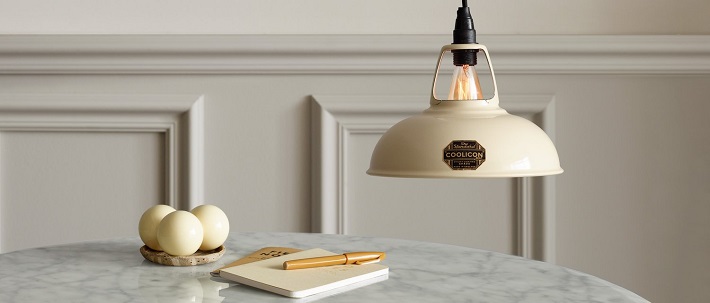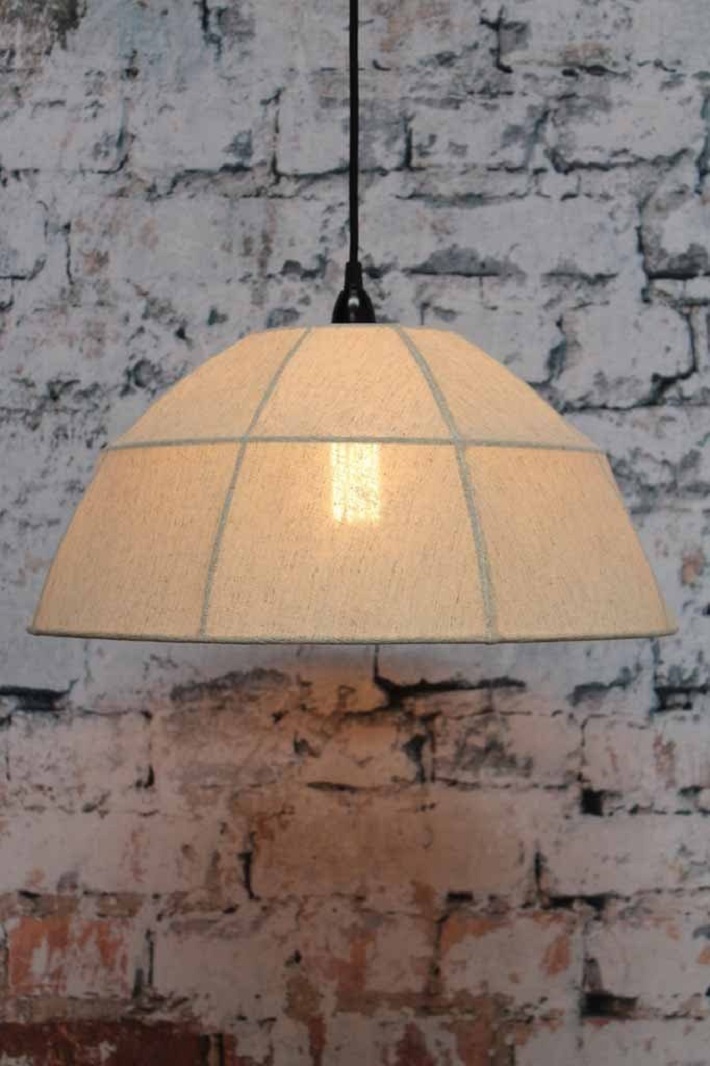Our homes require a variety of light sources to be properly illuminated and to allow us to see what we are doing. This can be done with a combination of natural and artificial light sources. One of the most common artificial light sources is the lamp, which uses a variety of different types of bulbs to produce light. Lamp shades are an important part of lamps, as they help to diffuse and direct the light produced by the bulb.
This can help to create the perfect level of illumination for any given space. When you’re choosing a light shade for your lamp, you might be tempted to just pick the first one that you see. But that decision isn’t as easy as it may seem. Because the impacts of a floor or ceiling lampshade can be so dramatic and diverse, the first order of business is to determine the function and placement of your light in combination with your furniture and decorative room dividers.
How Do You Choose a Lampshade?

What you need and what you want in a lampshade may be two different things. Oftentimes, we’re drawn to a lampshade because it’s pretty, but that isn’t always the best choice. Think about the following when you’re shopping for a new lampshade:
Type of Lighting
There are four categories of lighting to consider – decorative lighting, accent lighting, task lighting, and ambient lighting. Each one serves a different purpose.
Decorative lighting is used to add visual interest to a room. It can be used to accentuate certain features or architectural details. It’s often used in living rooms and bedrooms as a way to set the mood.
Accent lighting is used to draw attention to specific objects or areas in a room. It can be used to highlight a piece of art, a plant, or a photo. It’s often used in dining rooms and offices.
Task lighting is designed to help you complete specific tasks. It’s often found in kitchens and bathrooms, as well as home offices and craft rooms.
Ambient lighting is the general lighting that’s used to light up a space. It’s often seen in combination with other types of lighting to create the perfect level of illumination.
Size of the Shade
How big your light shade should be depends on the size of your lamp base. The shade should be about two-thirds the height of the base. If the shade is too small, it will look out of proportion. If it’s too big, it will overwhelm the base.
The room where the lamp will be placed also plays a role in choosing the size of the shade. A large shade in a small room will make the space feel even smaller, as it will take up a lot of visual space. In a large room, a small shade might get lost in the space.
Shape and Placement
The way the lampshade is shaped also affects the way the light is diffused. A round shade will produce a softer light, while a square or rectangular shade will produce a sharper light. The former is better for ambient lighting, while the latter is better for task lighting.
The placement of the light shade is also important. If it’s placed too close to the bulb, it will produce a harsh light. If it’s placed too far away from the bulb, the light will be diffused and won’t be as effective.
Colour and Material
This might seem like an obvious one, but the colour of your light shades will affect the way the illumination looks in a room. A white shade will produce a bright light, while a black shade will produce a darker light. If you’re looking for a specific colour of light, you’ll need to choose a shade that’s coloured.
The material of the shade can also affect the way the light looks. A glass shade will produce a sharper light, while a fabric shade will produce a softer light. Any patterns or cutouts will be magnified when the light shines through them.
Lampshade Safety Considerations

When you’re dealing with electric lights, you can never be too careful. After all, you’re dealing with fire and heat, so it’s important to take the necessary precautions. You need to make sure it’s made of a fire-resistant material. The shade should also be well-ventilated to allow heat to escape.
Look out for any sharp edges that could cut or puncture the shade. If there are any, make sure they’re covered or sanded down.
The so-called critical radius is the distance between the light bulb and the innermost edge of the shade. This is important because it determines how hot the shade will get. The rule of thumb is that the critical radius should be at least three times the diameter of the light bulb.
Finally, make sure the lampshade is firmly attached to the base. A loose attachment could cause the shade to fall and break. It could also cause a fire if the heat from the bulb ignites the shade.
Finishing Thoughts
All things considered, the specific lampshade that fits your needs depends on a variety of factors. The type of light you want, the size and shape of your lamp base, and the overall style of your home all play a role in choosing the model that’s right for you.



